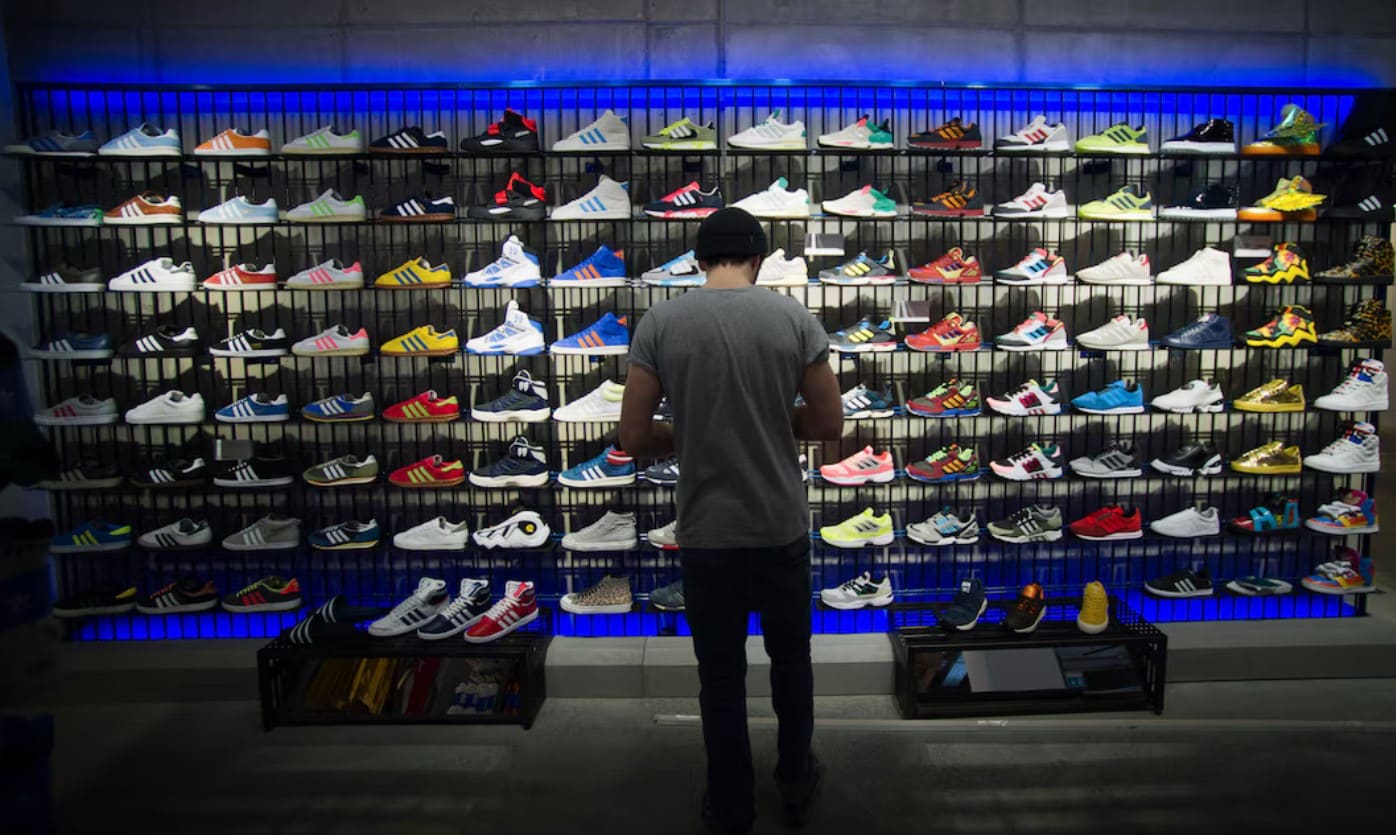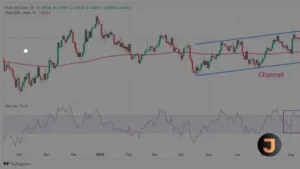Retro-Style Sneakers Propel Adidas’ Growth in Europe
Adidas has reported a surge in demand for its retro-style sneakers, particularly the Gazelle and Samba models, which have been instrumental in the company’s first-quarter growth. This uptick in sales has been most pronounced in Adidas’ home market of Europe, signaling a positive shift following the company’s challenging separation from rapper Ye.
In contrast to the European success, North America presented challenges with retailers grappling with surplus stock. Despite this, Adidas has seen a 14 percent increase in sales across Europe, with CEO Bjorn Gulden attributing the growth to the lifestyle segment and ongoing interest in terrace shoes. Gulden expressed confidence in the brand’s performance during a press call, noting that “the demand for our product, especially in footwear is very, very high in our home market.”
Adidas’ overall footwear revenue experienced a 13 percent jump over the quarter, a significant recovery from the loss reported in 2023 due to the discontinued Yeezy shoe line. Marcus Morris-Eyton of AllianceBernstein, which includes Adidas in its European Growth fund, remarked on the brand’s turnaround, highlighting the positive momentum now behind Adidas.
Despite a 25 percent increase in share value this year, Adidas shares saw a slight dip during trading hours. The brand has capitalized on the struggles of its competitor Nike, which has faced market share loss and sales warnings. On The Edit LDN, a marketplace for sneaker enthusiasts, Adidas has outperformed Nike with an 80 percent increase in sales compared to Nike’s 30 percent decline, as reported by founder Moses Rashid.
While Adidas enjoyed an 8 percent sales growth in China, North America’s figures fell by 4 percent. The excess inventory issue in the US has led to price reductions to clear stock. However, Gulden remains optimistic about a rebound in the second half of the year.
Adidas has also made strides in inventory management, reducing its stockpile of footwear and clothing by 22 percent from the previous year. This reduction was even more significant in North America, where inventory decreased by 40 percent. These efforts, combined with lower sourcing costs, have resulted in a gross margin increase to 51.2 percent and an operating margin improvement to 6.2 percent.
Morris-Eyton believes that Adidas is on course to achieve double-digit EBIT margins again, citing reduced discounting and the high gross margin associated with terrace shoes as key factors in this trajectory.






